This blog post was authored by Shyla Banar and Samantha McCormack, interns in the Library’s Special Collections unit from the UTC Department of Anthropology in Fall 2018 and Spring 2019.
March is Women’s History Month! To celebrate, we’ll explore the diverse roles of women in Mesoamerica and South America by sifting through material culture from Special Collections. These unique archaeological finds show us how women may have been depicted in the pre-Columbian era and hint at roles they played. Artifacts featured in this post are from the George and Louise Patten collection of Salem Hyde papers and cultural artifacts housed in Special Collections, which is located on the 4th floor of the UTC Library in room 439.

Figurines
Valdivian female figurines have been found in a variety of contexts all along the coast of Ecuador. Some have been found in important burials while others have been found in piles on the floor. A lot of them have been found in food preparation areas as well as in front of hearths, which are both typically associated with women during this period. The main portion of the figure is formed by pushing two rods of clay together. The hair, which is often elaborately styled, is formed separately and added on like a slab of clay. Most of these ceramic figurines appear to be female with prominent breasts and voluptuous bodies (The Metropolitan Museum of Art).
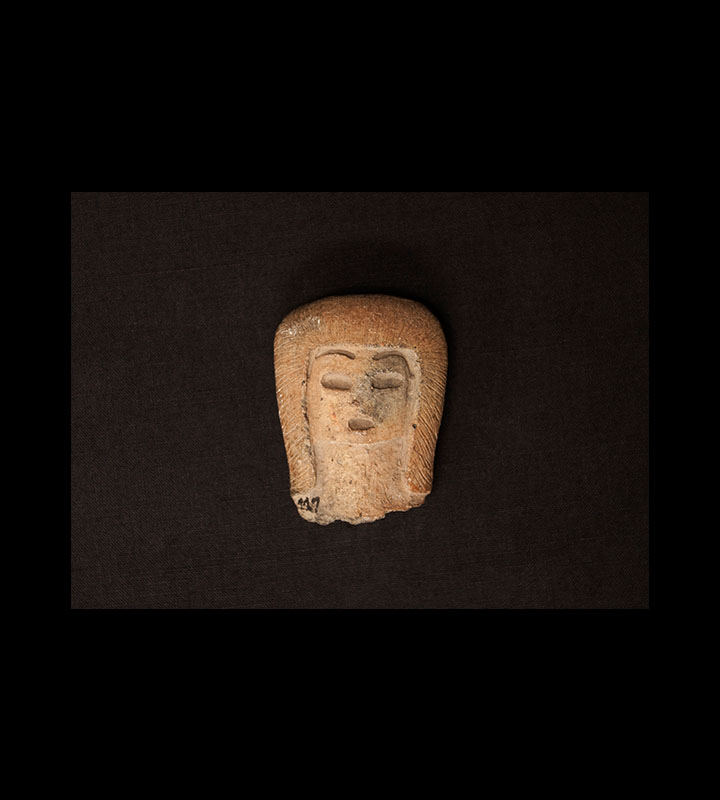
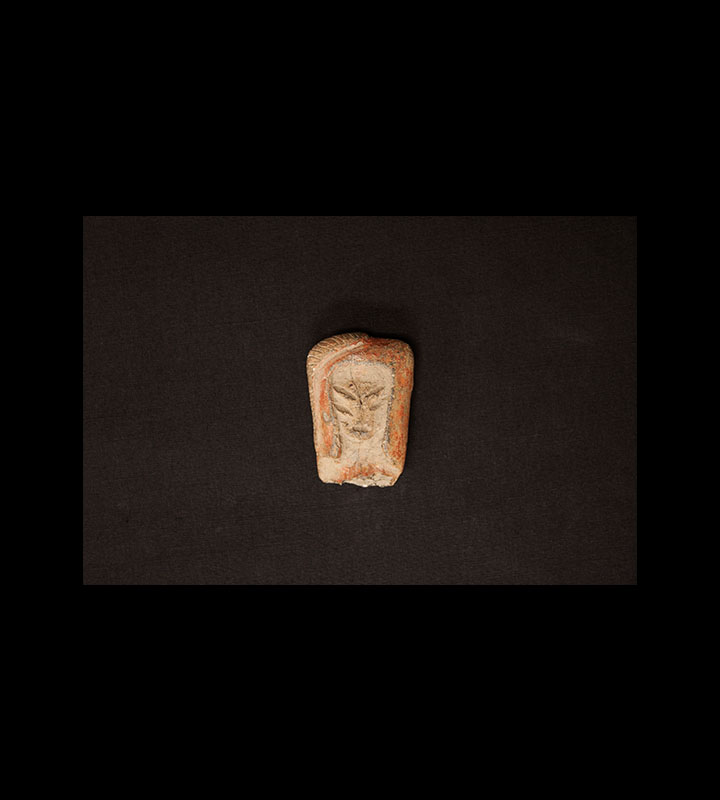
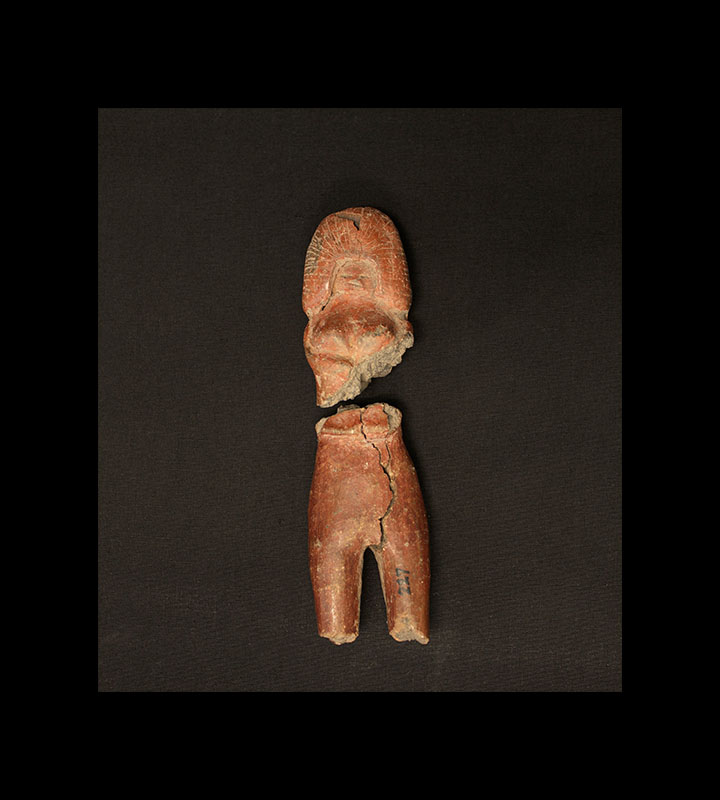
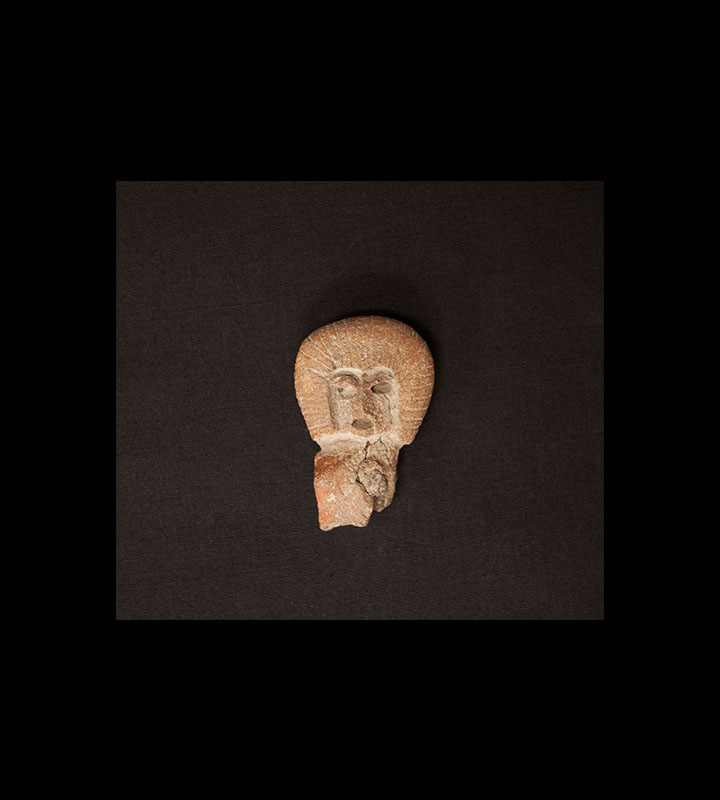
Vessels
Women were also largely involved with agriculture as well as food preparation. Vessels like this one were often used for storing and cooking food as well as possible water transportation. Many others were painted and decorated according to the artistic style of the period and culture and may have been decorative rather than functional. These decorated ones were possibly used for ceremonial purposes or in burials.
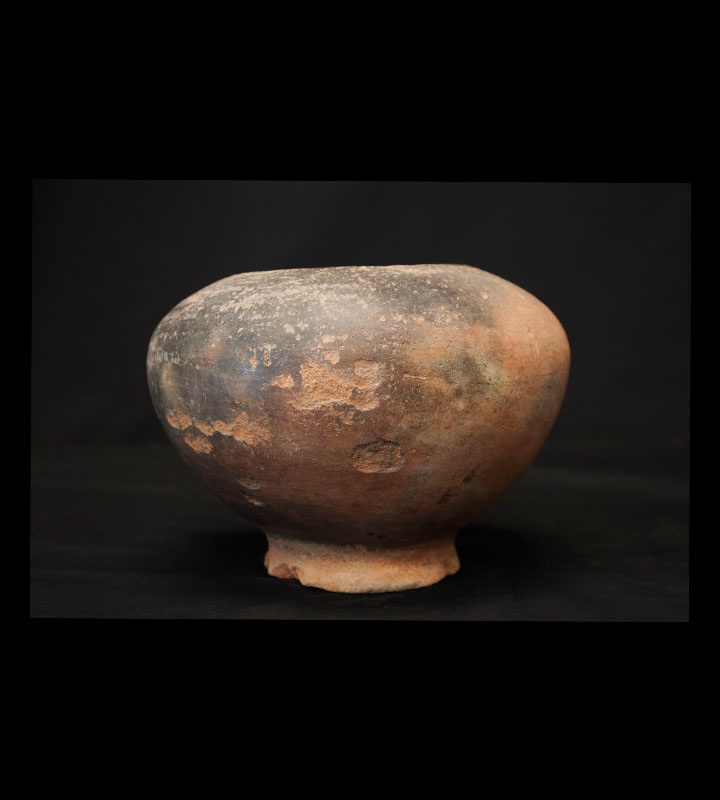
Spindle Whorls
Large quantities of ceramic spindle whorls with delicate incised or carved designs, are evidence of widespread textile production (The Metropolitan Museum of Art). Spindle whorls, or malacates in both Spanish and Nahuatl, are perforated disks used in the production of spun fiber. Handspinning involves a wooden spindle and whorl, with the whorl acting as a flywheel to maintain inertia when the spindle is given a sharp twist. Ethnohistoric accounts also suggest a symbolic role in the construction of female identity. Spindles and whorls were presented to baby girls during their bathing ceremony. The principal deities of the Mother Goddess complex were closely affiliated with spinning and weaving as symbolic of sexual reproduction and also female production. As diagnostic attributes of their costumes they wore spindles, whorls and spun fiber stuck into their hair and headdresses. Interestingly, prestigious women from the Mixteca de la Costa weaving town of Jamiltepec, Oaxaca, are known today as “malacateras” (loosely translated as “spinners”), and they continue to wear spindles in their hair” (S. McCafferty and G. McCafferty, 1991).
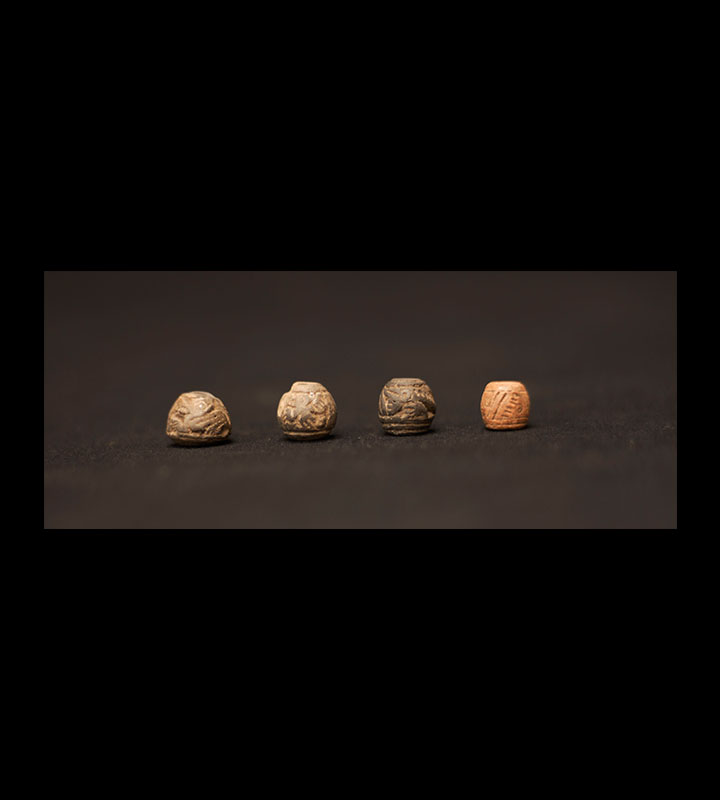
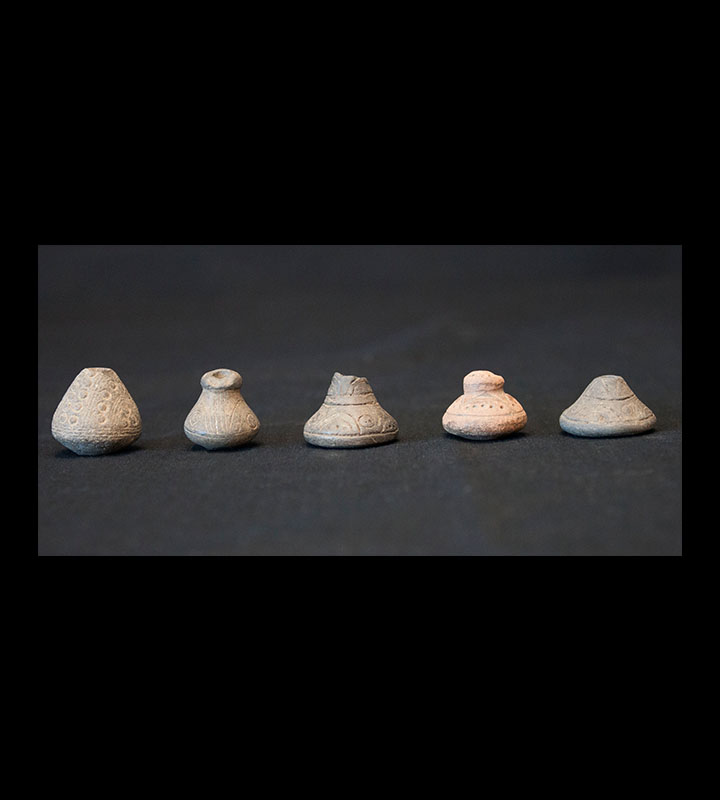
References
Department of the Arts of Africa, Oceania, and the Americas. Valdivia Figurines. In Heilbrunn Timeline of Art History. New York: The Metropolitan Museum of Art. Retrieved February 20, 2019. http://www.metmuseum.org/toah/hd/vald/hd_vald.htm
McCafferty, G. (n.d.). Spindle Whorls. University of Calgary. Retrieved February 20, 2019. https://antharky.ucalgary.ca/mccafferty/cholula-mexico/material-culture/spindle-whorls.
I loved this article! Thanks Carolyn. I once read that much of the cave paintings from prehistoric times were painted by women and ceremonial spaces left in tact in honor of female shamans.
Thanks Angela! Our awesome interns from the Department of Anthropology deserve all the credit. Shyla Banar and Sam McCormack have been working with this collection for months and authored this blog post to celebrate important contributions of women in prehistory. I’m so glad you enjoyed their work!